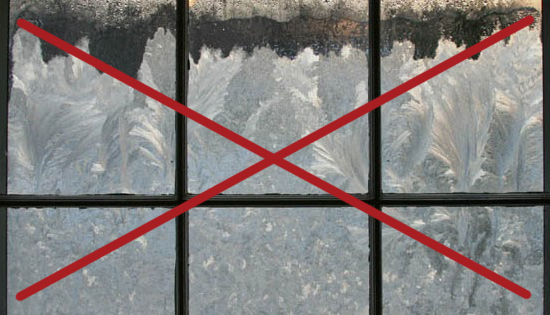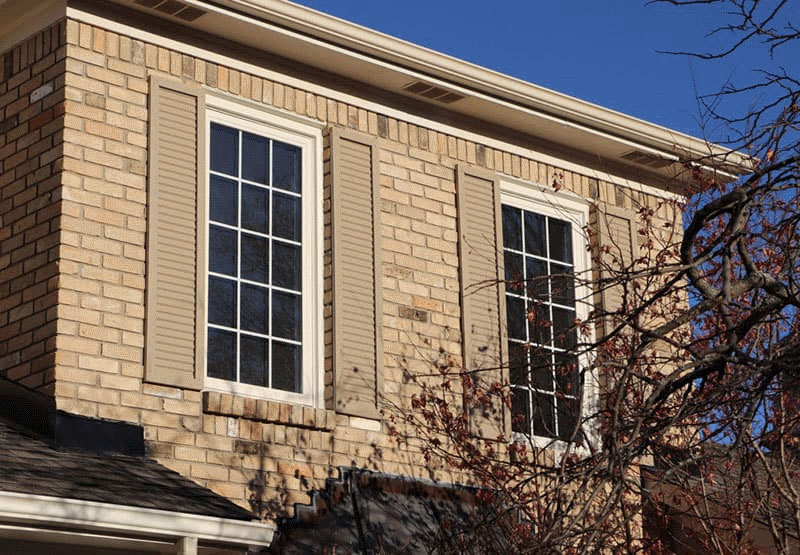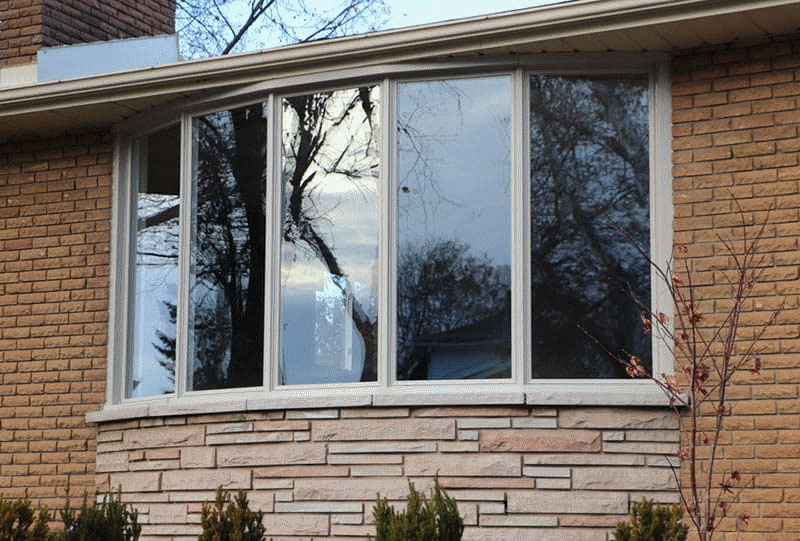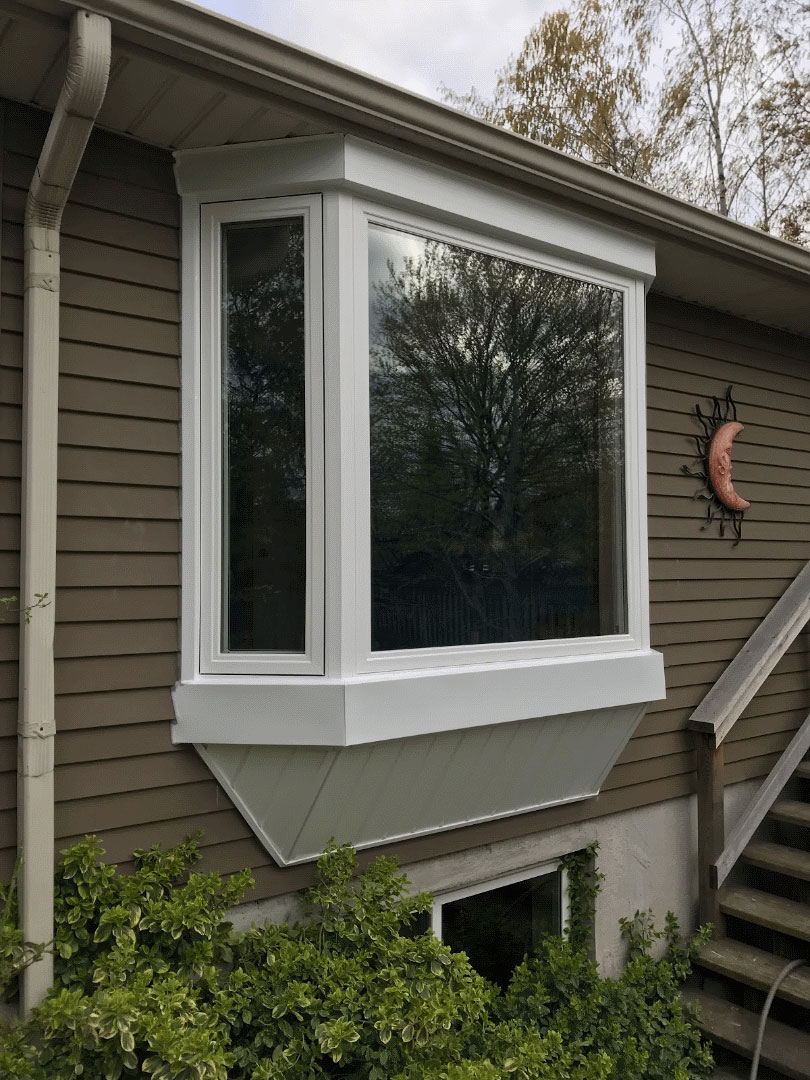
A big item on any family’s budget is the purchase of energy. The cost of that energy is an ever increasing sum. Depending on the energy source, the inflation rate for that cost will in some cases exceed by far the general rate of inflation. There is every incentive to minimize that energy purchase.
At the same time, a good proportion of that energy eventually ends up in the atmosphere. If you care about the planet, then minimizing that energy loss can be your contribution to fighting global warming. Energy-efficient windows can be an important part of your solution.
Information Sources on Saving Energy
Thankfully there are many resources available to help you in doing this. Two Government of Canada articles give very detailed advice. Here below we will provide a summary of the key points that you should consider. The key parts of these articles are:
- How can I make my home more energy-efficient?
- Keeping The Heat In – Chapter 8: Upgrading windows and doors
- Keeping The Heat In – Chapter 9: Operating your house
The fundamentals of energy saving
When you purchase energy, it is used in three distinct ways:
- Some of it is lost to atmosphere
- Some of it is needed to combat unpleasant or dangerous outside atmospheric conditions
- Some of it is used to improve your well-being
Your home is a surprisingly complex system, which attempts to minimize energy use while balancing the sometimes conflicting factors of temperature and humidity. In any given home, the available choices may be limited by the way in which the house has been constructed. Only an expert can determine the best approach given your available funds and your ongoing budget.
In some cases, that may involve capital changes to your home such as what is covered in Keeping The Heat In – Chapter 8, in other words Upgrading windows and doors. Such changes may cost you money now, but they increase the asset value of your home and may well be wholly or partially recoverable if and when you sell your home. The article on Keeping The Heat In – Chapter 9: Operating your house has a long list of useful tips for all, many of which involve no cash outlay whatsoever.
Capital changes to your home
Here is the suggested list of capital changes to your home which will make it more energy-efficient:
- Install a programmable thermostat
- Seal air leaks around front door and windows through weatherstripping and caulking.
- Change your bulbs to long-lasting ENERGY STAR® certified Compact Fluorescent Lights (CFLs) or Light Emitting Diodes (LEDs)
- Insulate your pipes
- Upgrade your exhaust fans
- Go low-flow with water-saving toilets, faucet aerators and showerheads
- Upgrade windows and doors
ENERGY STAR® certified products and EnerGuide ratings
When you are buying major items such as heating and cooling equipment or energy-efficient windows, you should consult the EnerGuide labels. These show a product’s energy performance rating based on minimum standards set by Canada’s Energy-efficiency Regulations. EnerGuide ratings help consumers comparison-shop with confidence. This is all covered in the first article mentioned, How can I make my home more energy-efficient?
You may well wish to get an expert opinion on these matters. One option is to schedule an EnerGuide home evaluation with an energy advisor. This will tell you how well your home is performing from an energy-efficiency point of view. It can also include recommendations for renovation options for your home.
Upgrading your windows and doors
A good deal of information is provided in the original article about all the topics in the list given above. Here we will go into more details on the last of these, Upgrading your windows and doors.
There are a number of ways you may be able to upgrade the energy-efficiency of your windows. Some are simple such as replacing the hardware (latches, cranks and locks). Retrofitting with caulking and weatherstripping may be sufficient or you could consider adding glazing or storm windows. In some cases, the best choice is total window and frame replacement with new, high-performance ENERGY STAR® certified energy-efficient windows or inserts.
Energy-efficient windows
Energy-efficient windows may have some or all of the following features:
- Double-, triple- or even quadruple-glazing
- Low-Emissivity (Low-E) glass
- Inert gas, such argon or krypton in the sealed unit
- Low conductivity or warm-edge spacer bars
- Insulated frames and sashes
- Good air tightness
If you are worried about the cost of replacing all of your home’s windows with energy-efficient upgrades, the government is offering window rebates as an incentive for homeowners to get the responsible renovation. Arcana Windows and Doors is now a participating contractor with the GreenON Rebates for Windows Program. You can benefit with up to $5,000 in GreenON rebates by upgrading your home to ENERGY STAR®’s Most Efficient 2017 windows, through the Green Ontario Fund.
Condensation problems
Condensation and frosting on the interior surfaces of windows does sometimes occur. This can range from light fogging on some windows up to persistent and heavy frost which covers the entire glass. Buying new windows may even cause this problem to become worse because the old, leaky windows can actually help to reduce humidity. When new energy-efficient windows seal the house more tightly, this causes a rise in humidity. One solution here is to reduce humidity levels in the house.
Problems with doors
In some cases, poor original installation or years of hard use can mean that hinged doors and sliding glass patio doors are no longer square in their frames. The problem can be much worse if you have a problem of shifting foundations or there is seasonal warping. If doors do not fit snugly, the solution is to fix or replace the door, frame, hardware, gaskets and weatherstripping.
Tips on operating and maintaining your home on an efficient energy basis
Like any system, your house will run only as efficiently as you operate and maintain it. Operating it efficiently will maximize your retrofit gains and can actually improve your home’s heating, cooling and ventilation performance and overall durability. Even more important, you will create a healthier, more comfortable living environment. As part of your house as a system, a well-tuned and efficiently operating Heating, Ventilating and Air-Conditioning (HVAC) system can significantly reduce your annual energy bill.
Here are some of the key steps to consider:
- Follow the manufacturer’s recommended maintenance procedures for cleaning and servicing heating and cooling equipment. Although a qualified service technician should perform annual maintenance and efficiency tune-ups, homeowners can do some of the work.
- For a forced-air system, keep return-air grilles and warm-air vents clean and free of obstructions, and change or clean filters every three months or as they become loaded.
- Hydronic systems perform best when radiators are relatively free of air bubbles and operating at correct pressures. This means bleeding radiators regularly unless the system has an automatic bleeding capability.
- A basic programmable thermostat will provide a clock timer and allow at least two setback and reset periods a day.
- Measure the relative humidity throughout the house with a hygrometer to ensure low levels exist, and if not, reduce the humidity by controlling moisture sources or by adding an ENERGY STAR® certified dehumidifier.
- A newly retrofitted house will have reduced heat loss and therefore would operate better with a smaller heating and cooling system than before the retrofit. If your retrofit measures are extensive and you are concerned about this, have the system checked by a qualified heating-system technician.
- A persistent problem for almost all new, existing and renovated homes is the need to have the heat distribution system balanced. Undersized ductwork, leaking ducts, inadequate or poorly placed return air grilles and ducts can mean occupant discomfort and higher heating bills. You may need to find a competent contractor to upgrade or balance your system.
- People need fresh ventilation air to control indoor air quality, and fuel-fired space and water heating systems need combustion air to burn properly. Yet, most Canadian homes have too much excess air. For most older homes, comprehensive air leakage control will lower heating bills without reducing the air supply enough to cause problems. A better approach is to install a ventilation system that is capable of changing the total household air once every three hours, plus providing separate combustion air for fuel-burning appliances.
The bottom line
By investing in the right home energy systems and in energy-efficient windows and doors, you have the potential to have an indoor environment which is healthy and comfortable. By taking the right steps in maintaining and operating your home, you can ensure this is achieved without major energy loss and with the best possible budget.
Related Posts
-
The Importance Of Energy-Efficient Doors And Windows
April 16, 2024 -
Energy-Efficient Windows Can Help Your Climate Change Efforts
August 30, 2019 -
A Bay or Bow Window for an Outstanding Home
July 26, 2019 -
Stay Cool During Those Hot Summer Days
May 31, 2019
Blog Categories
Recent Comments
Recent Posts
-
Arcana’s Small Business Summer Contest
July 9, 2024
-
Arcana Windows & Doors wins 2024 Three Best Rated® Top Three Choices award
June 26, 2024
-
Arcana Partner’s With Liam’s Mission
June 12, 2024
-
What Is More Important, The Product You Choose, Or The Quality Of The Installation?
May 28, 2024
-
The Benefits of Professional Door Replacement Services
May 14, 2024





